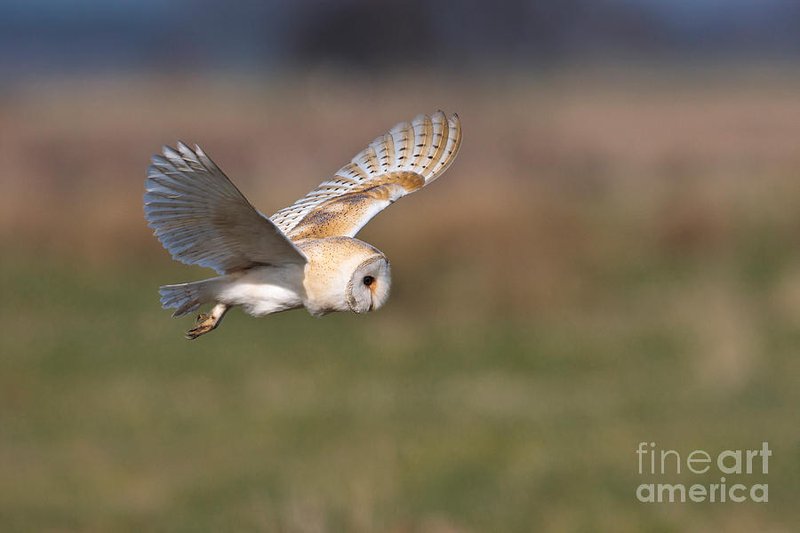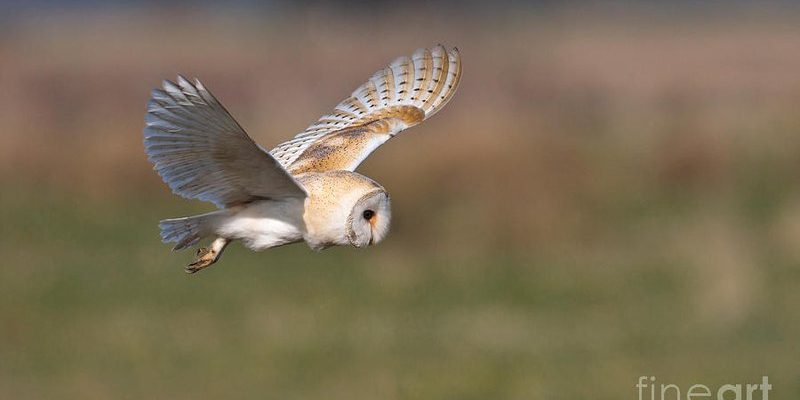
Let’s dive in and explore how these remarkable creatures navigate the skies and hunt their prey. You might be surprised by just how specialized their skills are, and how they’ve adapted to become masters of the night. Think of the barn owl as not just an owl, but a perfectly evolved hunting machine, equipped with unique adaptations that allow it to thrive in a variety of environments.
Silent Flight: A Hunting Superpower
One of the barn owl’s most impressive features is its silent flight. This isn’t just a fun fact—it’s a vital part of how they hunt. The barn owl’s feathers are designed specifically to minimize noise. The leading edges of their primary feathers are serrated, breaking up the turbulence as they fly. This means they can swoop in on unsuspecting prey without a sound.
Imagine you’re sneaking up on someone for a surprise! Every little sound can give you away, right? Barn owls have mastered the art of silence, allowing them to get incredibly close to their prey. This silent approach increases their chances of making a successful catch, which is critical for a predator that primarily hunts at night.
Exceptional Hearing: Nature’s Sound System
Now, you might be wondering how barn owls locate their prey in the darkness. Here’s the thing: they have superb hearing. Their ears are positioned asymmetrically, meaning one is higher than the other. This clever design helps them pinpoint where sounds are coming from, like having a built-in stereo system.
When a barn owl hears the rustle of a mouse or another small animal in the grass, its brain processes the sounds so quickly that it can determine not just the direction but also the distance of the noise. It’s almost like having a radar system! This ability allows them to hunt effectively in complete darkness, where visibility is almost zero.
Vision Adaptations for Night Hunting
While hearing is crucial, night vision is another essential aspect of the barn owl’s hunting prowess. Their eyes are large and well-adapted for low-light conditions. Unlike humans, barn owls have a higher number of rod cells in their retinas, which are responsible for vision in dim light. This gives them an edge when hunting at night.
Additionally, barn owls’ eyes are fixed in their sockets, so they can’t move them around like we can. Instead, they can turn their heads almost all the way around (up to 270 degrees!). This flexibility lets them scan their surroundings without having to move their bodies, keeping them hidden from potential prey.
Hunting Techniques: The Dive and Grab
When it comes to actually catching their prey, barn owls have some impressive techniques. They typically hunt from a perch or while flying low over open fields, looking for movement. Once they spot a target, they prepare to dive. This is where their speed and precision come into play.
As they dive, they extend their talons and use their sharp claws to grasp their prey. Imagine a basketball player going for a slam dunk—there’s a sense of focus and power in that movement. Barn owls utilize similar energy and accuracy to catch mice, voles, and other small animals.
The Role of Camouflage
Another aspect of the barn owl’s hunting strategy is its camouflage. Their feather coloration helps them blend into their surroundings, especially when resting on a tree branch or a fence post. This ability to stay hidden is crucial, as it allows them to launch surprise attacks on unsuspecting prey.
The combination of their muted brown and gray feathers and their silent approach makes them nearly invisible in the moonlight. It’s a bit like a stealthy ninja, waiting patiently for the perfect moment to strike.
The Importance of Habitat in Hunting Success
Barn owls thrive in a variety of habitats, from farmland to grasslands. Understanding these environments is key to grasping their hunting success. They prefer open areas where they can fly low and scan for mice and other small creatures.
Their adaptability is one of the reasons barn owls are found on almost every continent except Antarctica. Whether they’re hunting in a barn (where they get their name) or gliding over a field, they’ve tailored their hunting methods to match their surroundings.
Conservation and the Future of Barn Owls
With their exceptional skills and adaptations, barn owls are fascinating creatures. However, they face threats from habitat loss and pesticide use. It’s important to understand the role they play in controlling rodent populations and the delicate balance of our ecosystems.
Conservation efforts are essential to ensure that barn owls continue to thrive. Creating suitable habitats, providing nesting boxes, and reducing pesticide use can help protect these incredible hunters for future generations to appreciate.
In conclusion, barn owls are not just flying wonders; they are finely-tuned hunters, skilled in the art of stealth and precision. Their unique flying and hunting techniques—silent flight, exceptional hearing, and incredible vision—make them extraordinary predators of the night. By understanding these aspects, we can appreciate the complexities of nature and the importance of preserving it. So next time you see a barn owl, take a moment to admire not just its beauty but the remarkable skills that allow it to thrive in the darkness.

